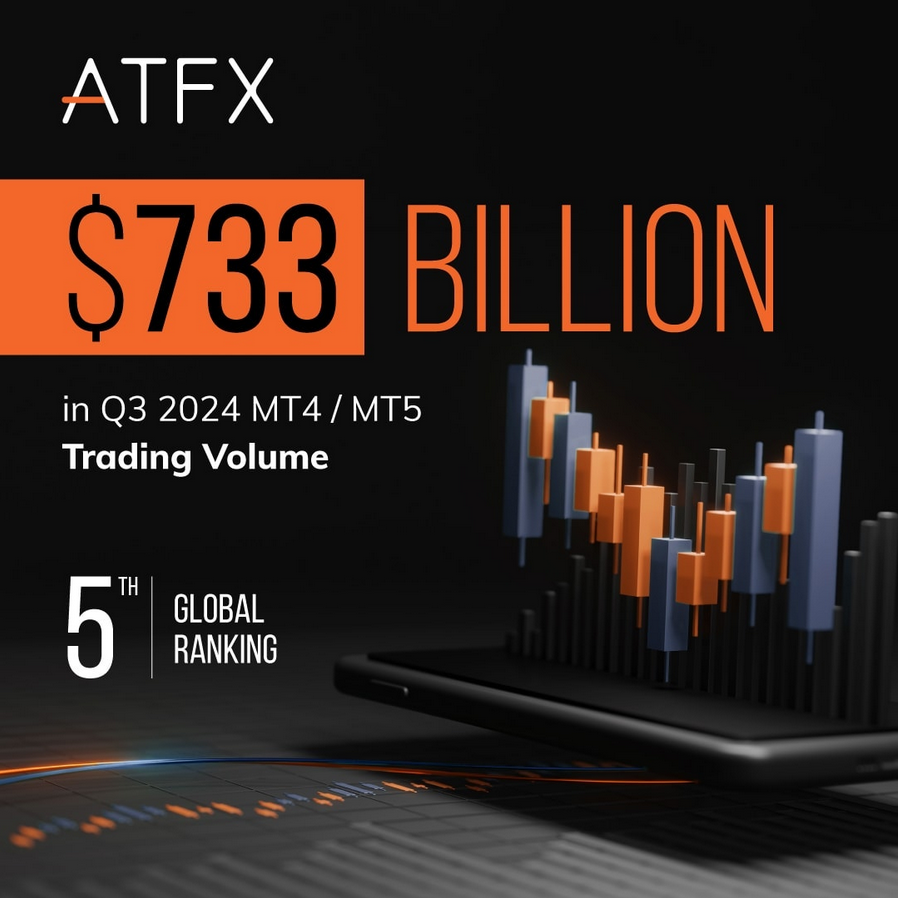The euro struggles amid weak eurozone data and persistent trade tensions, while the pound faces limited support despite higher inflation and looming Bank of England decisions. The yen remains pressured as U.S. dollar strength and tariff concerns weigh on sentiment. The Australian dollar is vulnerable due to China’s slowing momentum and uncertainty over domestic inflation and jobs data. Meanwhile, gold trades cautiously, held back by inflation fears and fading safe-haven demand, awaiting a clearer catalyst amid choppy markets and resilient U.S. economic signals.
🇪🇺/🇺🇸 EUR/USD Outlook – Euro vs U.S. Dollar
Market Drivers:
- Weak eurozone inflation and industrial output data failed to support euro demand.
- Germany’s ZEW Expectations Index rose to 52.7, beating forecasts but failing to shift bearish sentiment.
- Decline in eurozone bond yields versus rising U.S. yields narrows rate differentials, hurting euro appeal.
- Market cautious ahead of U.S. PPI and industrial production data—potential catalysts for further USD strength.
- No EU-U.S. agreement yet on trade tariffs, adding uncertainty.
Market Behavior:
- Bearish momentum is evident after a rejection from 1.1660 and price action falling below 1.1600.
- Sell-offs continue as price trades under key EMAs with no bullish reversal pattern yet.
- Key intraday supports are being tested, but buyers are not stepping in convincingly.
Forecast:
- Likely to remain under pressure unless U.S. data disappoints sharply.
- Short-term bearish trend persists below 1.1660 with risk of extension toward 1.1518.
Key Technical Levels:
- Support: 1.1589, 1.1518
- Resistance: 1.1660, 1.1714, 1.1762, 1.1810, 1.1913
🇬🇧/🇺🇸 GBP/USD Outlook – British Pound vs U.S. Dollar
Market Drivers:
- UK inflation surprised to the upside at 3.6% y/y, but not strong enough to alter BoE rate cut expectations.
- Market awaits BoE’s next policy signal; MPC decision will be critical for near-term direction.
- U.S. inflation indicators (PPI) and Fed commentary may drive dollar strength and weigh on the pound.
Market Behavior:
- Repeated failures at 1.3410 area and no follow-through on CPI upside shows lack of conviction.
- Trend remains bearish with the pound struggling to find firm footing below 1.3400.
- Downward momentum is building amid continued BoE dovish expectations.
Forecast:
- Bias remains to the downside unless BoE adopts a more hawkish stance or U.S. data underwhelms.
- Below 1.3383, focus turns to 1.3356 and then lower toward 1.3310 if momentum builds.
Key Technical Levels:
- Support: 1.3410, 1.3388, 1.3356, 1.3310
- Resistance: 1.3471, 1.3532, 1.3619, 1.3680, 1.3712, 1.3752, 1.3770, 1.4000
🇺🇸/🇯🇵 USD/JPY Outlook – U.S. Dollar vs Japanese Yen
Market Drivers:
- Yen weakens to near April lows amid resurgent USD strength and firm U.S. inflation data.
- Japanese sentiment improves slightly on chip-sector rebound, but domestic inflation remains tepid.
- Fed officials’ hawkish tone reinforces divergence between Fed and BoJ monetary policies.
- Potential volatility expected from Fed speakers and further U.S. data releases.
Market Behavior:
- Bullish breakout continues above 148.60 toward 149.00+, driven by U.S. policy divergence.
- Yen faces persistent selling pressure amid lack of intervention from Japanese authorities.
- Speculation increases over whether Japan will step in if pair crosses 150 again.
Forecast:
- Short-term outlook remains bullish toward 149.37 and possibly 150.00.
- Correction risk arises near resistance zones but trend remains upward as long as 148.00 holds.
Key Technical Levels:
- Support: 148.04, 147.53, 146.80, 146.13
- Resistance: 149.16, 150.00 (psychological barrier)
🇦🇺/🇺🇸 AUD/USD Outlook – Australian Dollar vs U.S. Dollar
Market Drivers:
- Mixed Chinese GDP and weaker retail sales weigh on Aussie due to strong trade dependency.
- RBA seen as likely to hold or cut rates; weak labor data could accelerate easing.
- Rising U.S. yields and risk-off sentiment favor the dollar, pressuring AUD further.
- Net short positions increase as geopolitical risks and trade uncertainty persist.
Market Behavior:
- Downside bias increases below 0.6491 amid signs of breakdown below key moving averages.
- Technical rejection at 0.6558 area reinforces bearish tone.
- Next key support at 0.6468, with a break possibly extending toward 0.6424.
Forecast:
- Bearish unless Australia’s labor report surprises to the upside.
- Consolidation between 0.6468 and 0.6535 likely before a clear breakout.
Key Technical Levels:
- Support: 0.6491, 0.6468, 0.6448, 0.6424
- Resistance: 0.6535, 0.6558, 0.6602
🌕 Gold (XAU/USD) Outlook – Gold vs U.S. Dollar
Market Drivers:
- Recent U.S. CPI and job data dampen rate-cut expectations, boosting USD and limiting gold’s upside.
- Geopolitical tensions and central bank buying support long-term demand.
- Choppy price action continues amid indecision and lack of strong catalysts.
- Rising interest in silver and other metals diverts some capital away from gold.
Market Behavior:
- Consolidation continues between 3320 and 3365 as gold awaits clear direction.
- Falling wedge and triangle formations suggest possible breakout setups.
- Sentiment skewed long, increasing correction risks.
Forecast:
- Above 3365 could open path to 3393 and 3405; break of 3309 could lead to further declines toward 3241.
- Long-term bullish bias remains intact but short-term action depends on Fed guidance and risk events.
Key Technical Levels:
- Support: 3345, 3322, 3309, 3275, 3241
- Resistance: 3365, 3393, 3405, 3444, 3500
📊 Summary Table: As of July 17, 2025
| Asset | Bias | Key Support Levels | Key Resistance Levels | Key Drivers |
|---|---|---|---|---|
| 🇪🇺 EUR/USD | Bearish | 1.1589, 1.1518 | 1.1660, 1.1714 | Weak EU data, strong USD, trade tensions |
| 🇬🇧 GBP/USD | Bearish | 1.3383, 1.3356 | 1.3471, 1.3532 | Inflation uncertainty, BoE policy outlook |
| 🇺🇸 USD/JPY | Bullish | 148.04, 147.53 | 149.16, 150.00 | U.S. yields rising, BoJ dovish stance |
| 🇦🇺 AUD/USD | Bearish | 0.6491, 0.6468, 0.6424 | 0.6535, 0.6558, 0.6602 | China data, U.S. inflation, RBA dovishness |
| 🪙 XAU/USD | Neutral→Bullish | 3322, 3309, 3241 | 3365, 3393, 3405, 3444 | USD strength, Fed policy, geopolitical risk |









